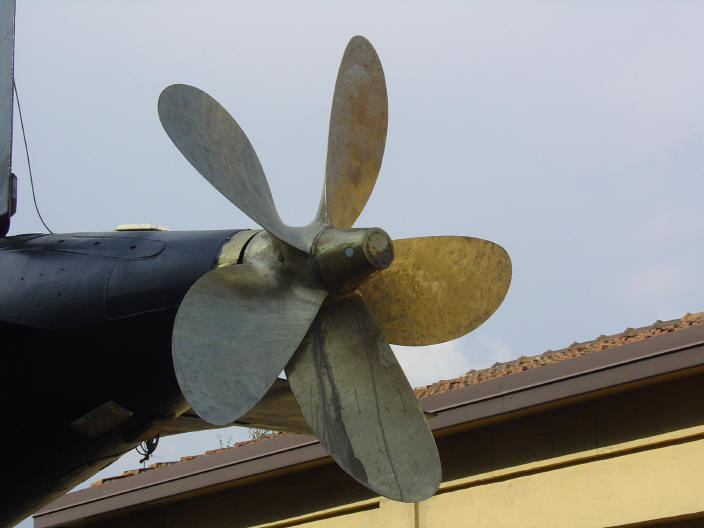I disagree sir.shiv wrote:kmkraoind wrote: What will be range advantage, presumably if we use ICL-20 as propellants in Nag (especially air launched Helina version) and Akash missiles. TIA.
That would be suicide.
Propellants are always slow burning compared to explosives and high explosives. Low Explosives burn up fully in a very short time. High explosives burn up in an even shorter time. Propellants need to burn relatively slowly and evenly to produce combustion products (gas) at a predictable and controlled rate. ICL 20 is high explosive. Diwali crackers are low explosive.
Using high explosive as propellant would cause the missile or gun barrel to explode. With explosive power metal is bent and twisted. With high explosives, metal is sheared and shredded.
Also, NASA has several hypersonic trans-space vehicle concepts that employ precisely this mechanism to achieve long ranges and very high speeds.


